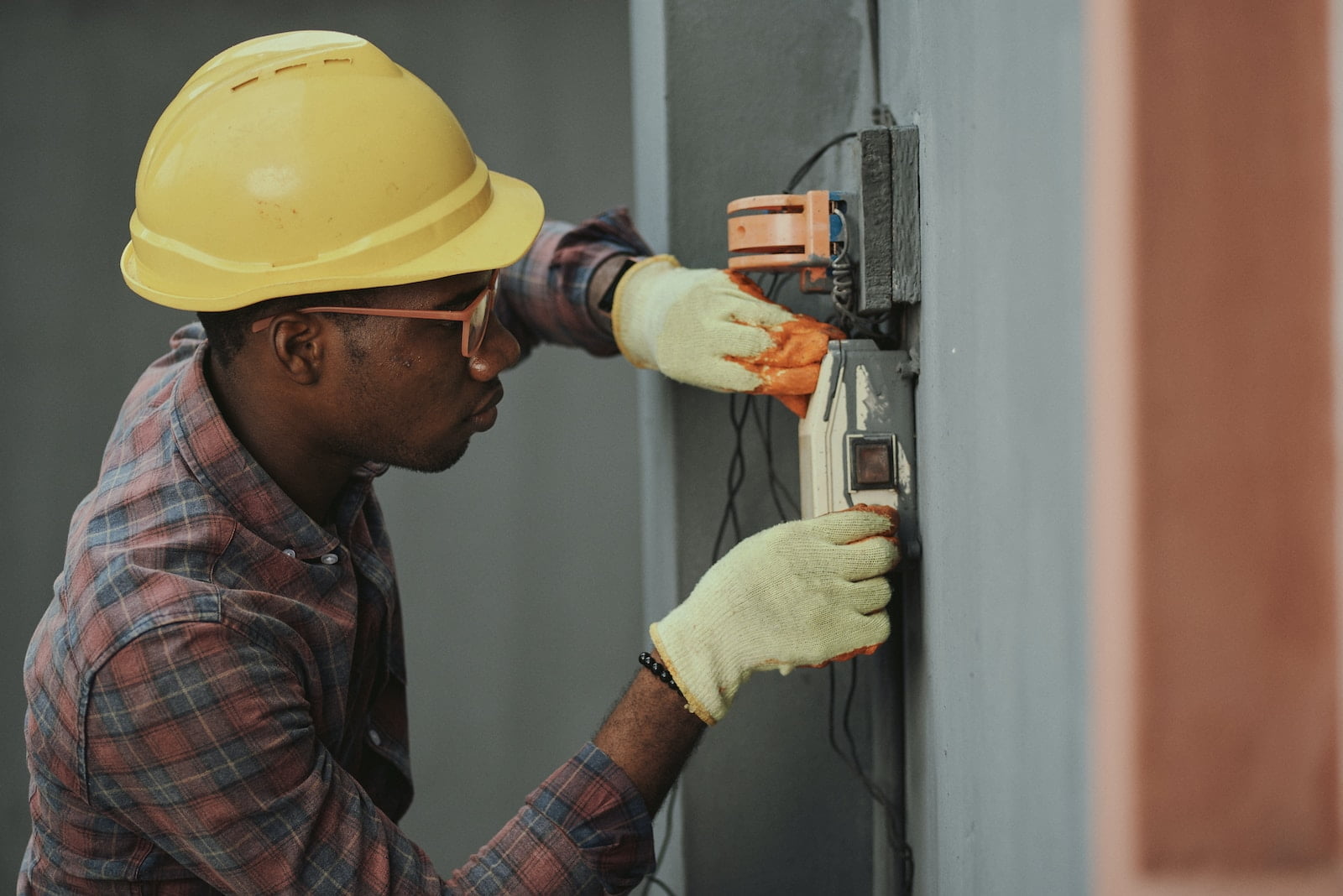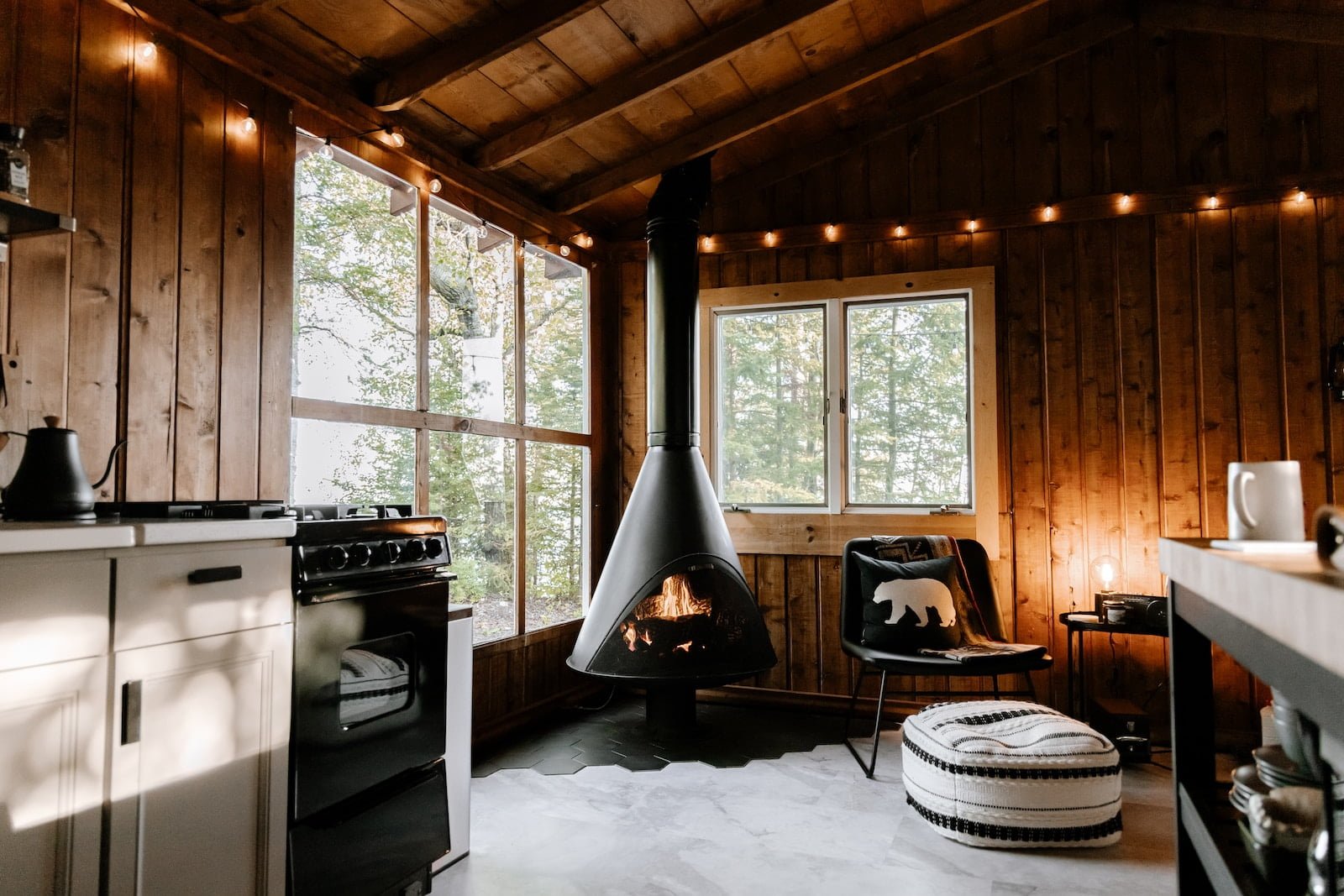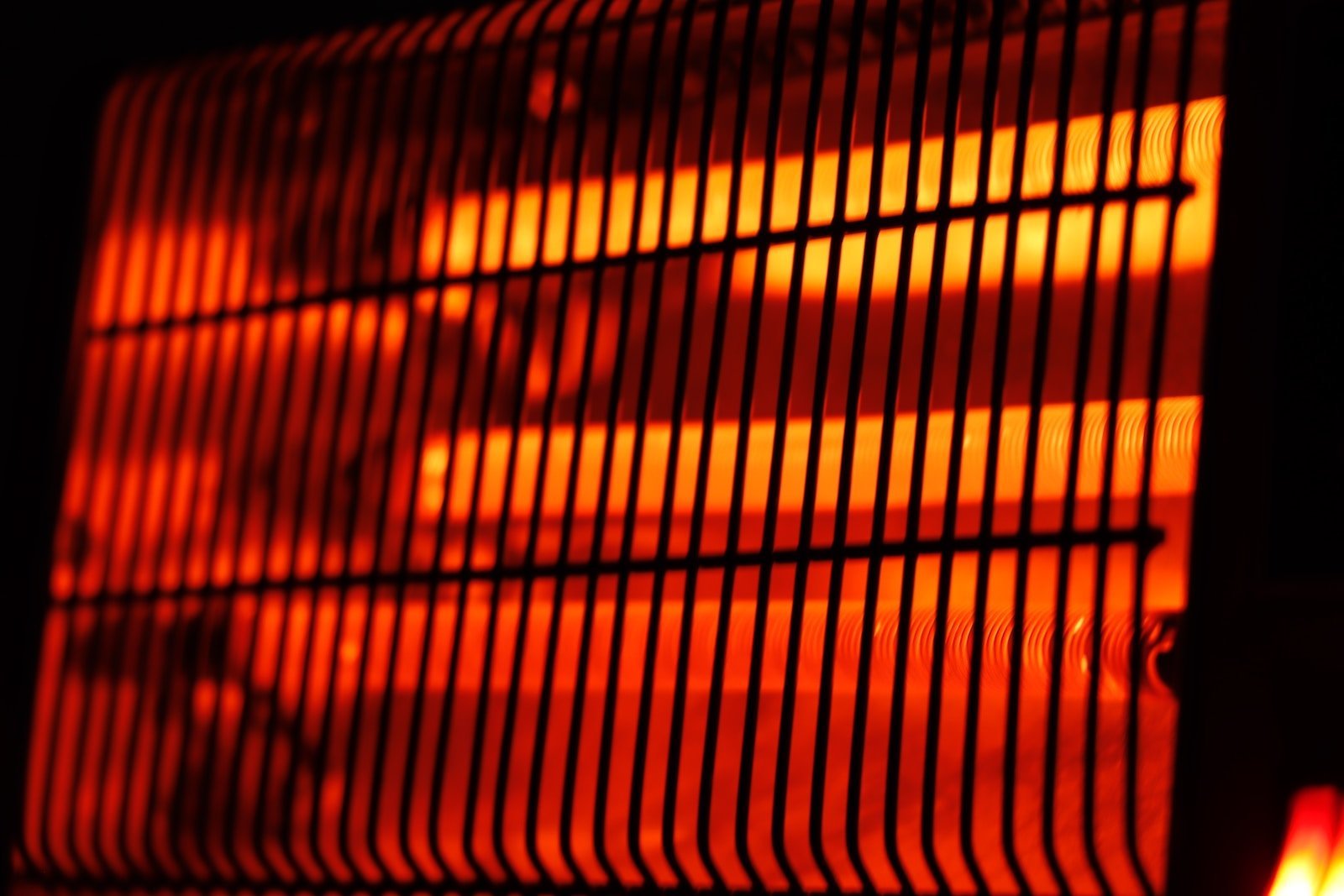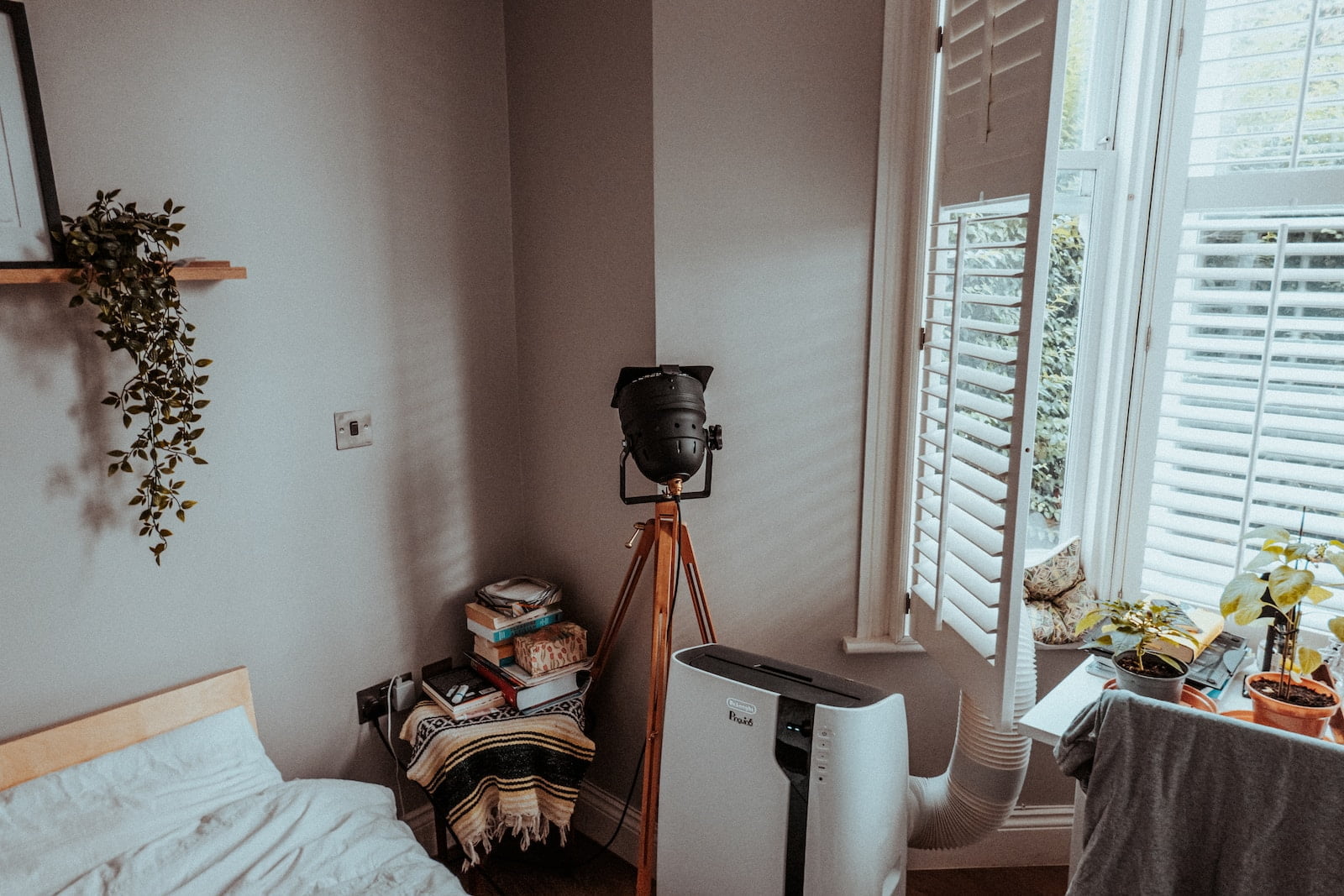Tips from Experts to Manage Your Home’s Humidity for Comfort
As homeowners, we often focus on the temperature of our homes, but we often overlook the importance of humidity. Humidity is the amount of moisture in the air, and it plays a crucial role in our comfort and health. Understanding the importance of home humidity is essential for maintaining a healthy and comfortable living environment.
Humidity levels that are too high or too low can cause a range of problems, from health issues to damage to our homes. High humidity can lead to mold growth, which can cause respiratory problems and allergies. On the other hand, low humidity can lead to dry skin, respiratory problems, and damage to wood furniture and flooring.
Therefore, it is essential to maintain proper humidity levels in our homes. In this article, we will explore why home humidity matters for our comfort and health, and how we can achieve and maintain optimal levels.
Proper Ventilation
One of the easiest ways to reduce humidity in your home is to ensure proper ventilation. This means opening windows and doors to allow fresh air to circulate throughout your home. You can also use exhaust fans in your kitchen and bathroom to remove excess moisture. Additionally, make sure that your dryer is properly vented outside to prevent excess moisture from being released into your home. By improving ventilation, you can reduce the amount of moisture in the air and create a more comfortable living environment.
Use a Dehumidifier
If you live in a particularly humid climate or struggle with excess moisture in your home, a dehumidifier can be a great investment. These devices work by removing moisture from the air, helping to reduce humidity levels. Be sure to choose a dehumidifier that is appropriately sized for your space and use it regularly to keep humidity levels in check. You can also use a hygrometer to monitor the humidity levels in your home and adjust your dehumidifier as needed.
Using Humidifiers to Increase Humidity in Your Home
If you’re looking for a quick and easy way to increase the humidity in your home, a humidifier is the way to go. Humidifiers work by adding moisture to the air, which can help alleviate dry skin, respiratory problems, and other health issues. There are several types of humidifiers to choose from, including cool mist, warm mist, and ultrasonic humidifiers. Cool mist humidifiers are the most popular choice, as they’re generally the safest and most energy-efficient option. However, warm mist humidifiers can be helpful during the winter months, as they can also help warm up a room. Ultrasonic humidifiers are also a good choice, as they use high-frequency vibrations to create a fine mist that’s easily absorbed by the air. When using a humidifier, it’s important to clean it regularly to prevent the growth of mold and bacteria.
Other Methods to Increase Humidity in Your Home
If you don’t want to use a humidifier, there are several other methods you can try to increase the humidity in your home. One of the easiest ways is to simply leave a bowl of water out in a room. As the water evaporates, it will add moisture to the air. You can also try taking a hot shower or bath, as the steam will help increase the humidity in the bathroom. Another option is to place plants around your home, as they naturally release moisture into the air through a process called transpiration. Finally, if you have a wood-burning stove or fireplace, you can try adding a cast-iron pot filled with water to the top of the stove or fireplace. As the water heats up, it will release moisture into the air.
Maintaining Optimal Humidity Levels: Best Practices and Tools for Measuring and Adjusting Humidity
One of the best practices for maintaining optimal humidity levels is to keep your home well-ventilated. This means opening windows and doors to allow fresh air to circulate throughout your home. Additionally, using a dehumidifier can help to remove excess moisture from the air and prevent mold and mildew growth. Another important tool for measuring and adjusting humidity levels is a hygrometer. This device can help you to monitor the humidity levels in your home and make adjustments as needed. If you find that your home is too dry, using a humidifier can help to add moisture to the air and prevent issues such as dry skin and respiratory problems. Overall, maintaining optimal humidity levels is crucial for both your health and the health of your home, and using these best practices and tools can help you to achieve this goal.
Preventing Mold and Mildew
One of the most common humidity-related issues is the growth of mold and mildew. These can cause health problems and damage to your home. To prevent their growth, it’s important to keep the humidity level in your home under control. You can do this by using a dehumidifier, making sure your home is properly ventilated, and fixing any leaks or water damage as soon as possible. It’s also important to regularly clean and dry any areas that are prone to moisture, such as bathrooms and kitchens.
If you do notice mold or mildew in your home, it’s important to take action right away. You can clean small areas of mold with a solution of bleach and water, but larger areas may require professional cleaning. It’s also important to identify the source of the moisture and fix it to prevent the mold from coming back.
In addition to mold and mildew, high humidity levels can also cause other problems in your home, such as peeling paint, warped wood, and musty odors. By taking steps to control the humidity in your home, you can prevent these issues and keep your home healthy and comfortable.






